Unveiling Cratoneuron curvicaule: A Fascinating Moss with Surprising Abilities
Affiliate Disclaimer: As an affiliate, we may earn a small commission when you make a purchase from any of the links on this page at no additional cost to you!
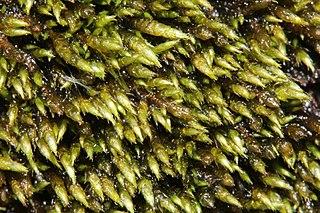
320px-Cratoneuron_curvicaule_(a%2C_145614-473018)_0781.JPG from: https://de.wikipedia.org/wiki/Datei:Cratoneuron_curvicaule_(a,_145614-473018)_0781.JPG
Introduction
Welcome, fellow moss enthusiasts! Today, we’re going to delve into the fascinating world of Cratoneuron curvicaule (Jur.) G.Roth, a remarkable member of the Amblystegiaceae family, also known as Cratoneuron. This unassuming yet captivating moss has captured the hearts of bryologists and nature lovers alike, and we’re about to uncover its secrets.
Background
Before we dive into the nitty-gritty details, let’s set the stage. Bryophytes, or mosses, are a diverse group of non-vascular plants that have been around for millions of years. These resilient organisms play crucial roles in various ecosystems, acting as pioneers, soil stabilizers, and even indicators of environmental health.
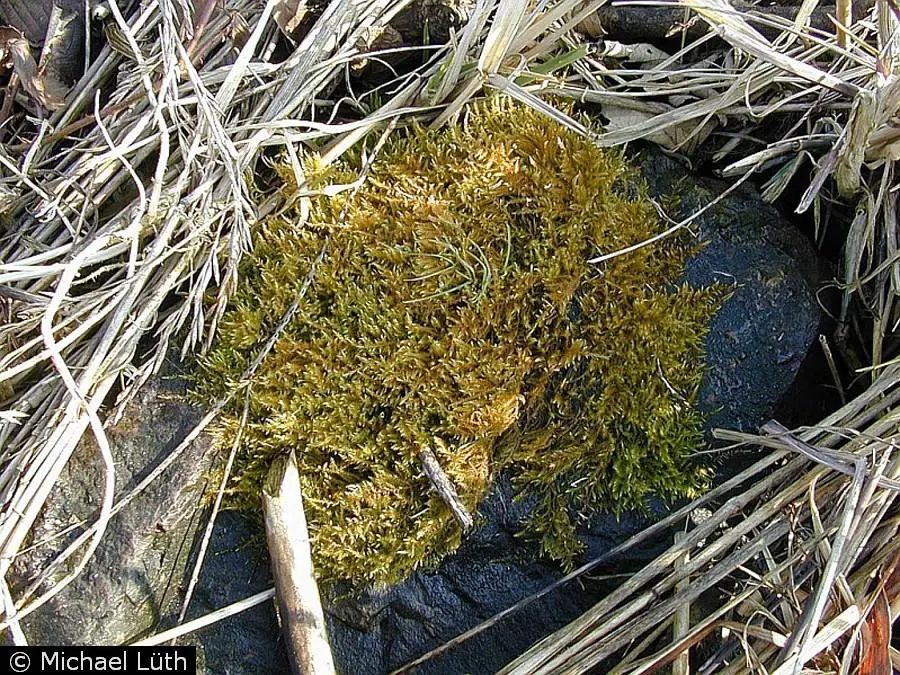
crfi70_001_php.jpg from: https://plants.usda.gov/home/plantProfile?symbol=CRFI70
Main Content
Morphology and Identification
Cratoneuron curvicaule is a pleurocarpous moss, meaning its stems and branches grow horizontally along the substrate. Its
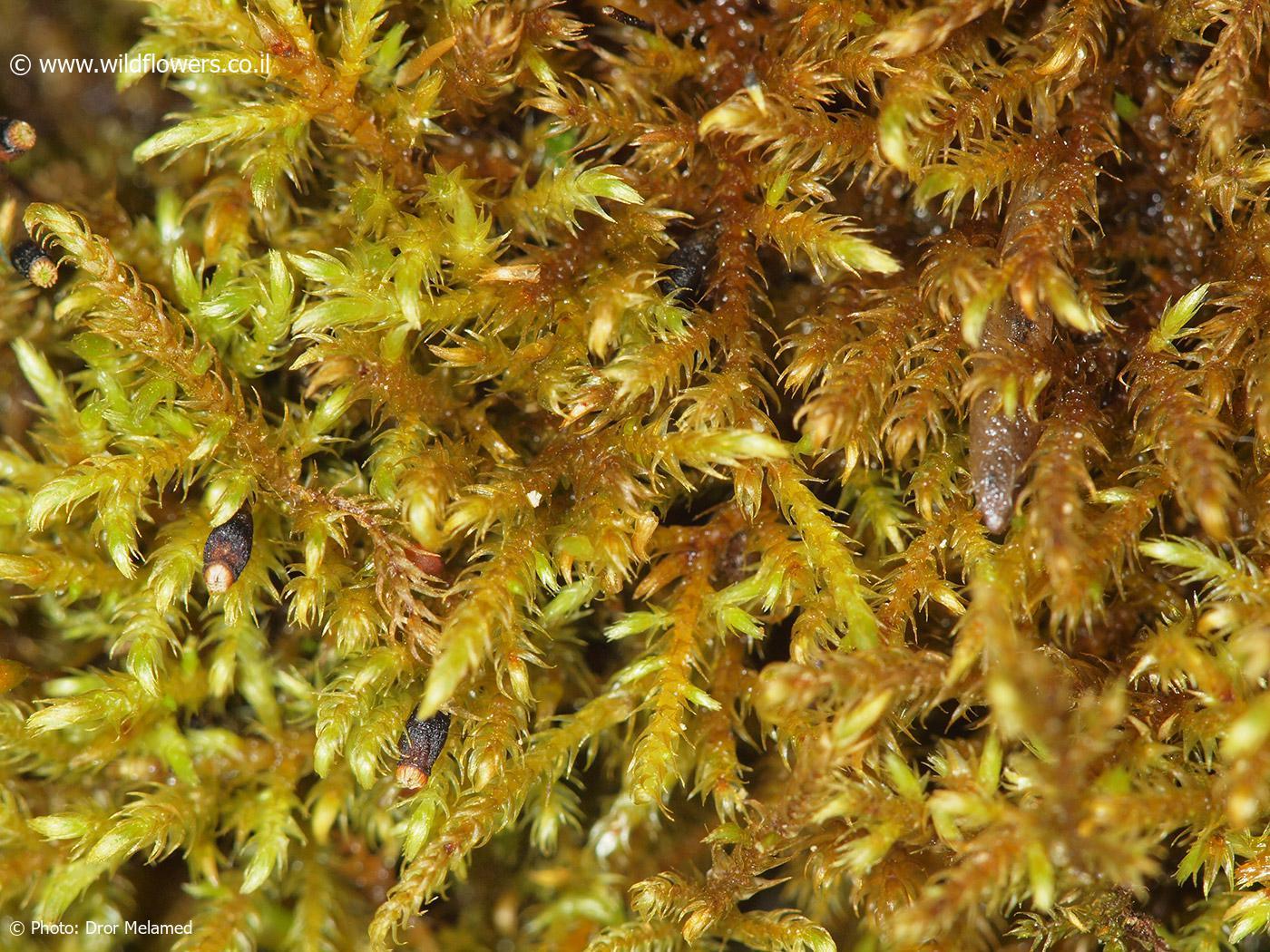
3406-l-1.jpg from: https://www.wildflowers.co.il/hebrew/picture.asp?ID=21933
curved and yellowish-green shoots are a defining characteristic, often forming dense mats or cushions. The leaves are ovate-lanceolate, with a distinctive costa (midrib) that extends beyond the leaf apex, forming a tiny hair-like structure.
Global Distribution and Habitat
This moss has a widespread distribution, found across Europe, Asia, North America, and even parts of South America. It thrives in calcareous (calcium-rich) environments, such as fens, springs, and streams, where it can often be found submerged or partially submerged in water.
Ecological Roles and Adaptations
Cratoneuron curvicaule plays a vital role in aquatic and semi-aquatic ecosystems. Its ability to tolerate and even thrive in submerged conditions makes it an important component of these habitats. Additionally, its dense mats provide shelter and breeding grounds for various invertebrates, contributing to the overall biodiversity of the ecosystem.
One of the remarkable adaptations of this moss is its ability to desiccate (dry out) and rehydrate without suffering significant damage. This trait allows it to survive periods of drought, making it a resilient species in ever-changing environments.
546 from: https://biodiv.cevennes-parcnational.fr/espece/5502
Case Studies/Examples
In a recent study conducted in the Appalachian Mountains of North America, researchers found Cratoneuron curvicaule to be a reliable indicator of water quality. Its presence in streams and rivers was strongly correlated with low levels of pollution, making it a valuable tool for monitoring environmental health.
Technical Table
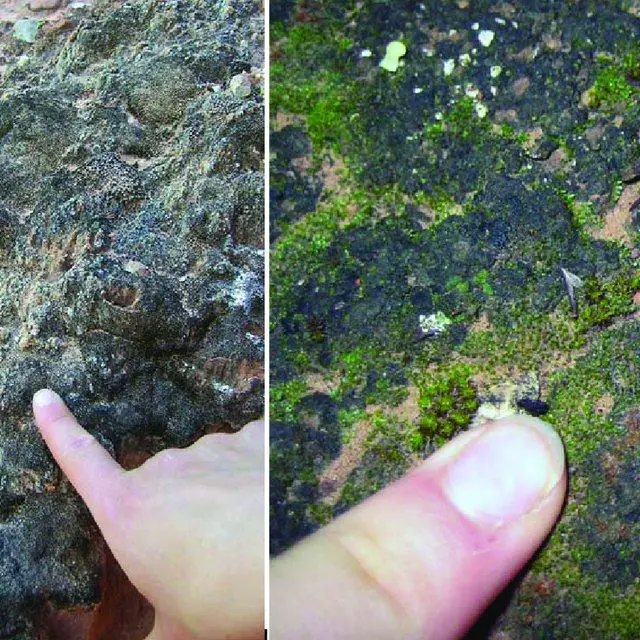
Well-established-soil-crust-communities-on-the-South-Rim-left-and-North-Rim-right-of_Q640.jpg from: https://www.researchgate.net/figure/Cratoneuron-filicinum-is-a-showy-pleurocarpous-moss-one-of-45-species-in-Grand-Canyon-NP_fig3_290566899
| Characteristic | Description |
|---|---|
| Phylum | Bryophyta
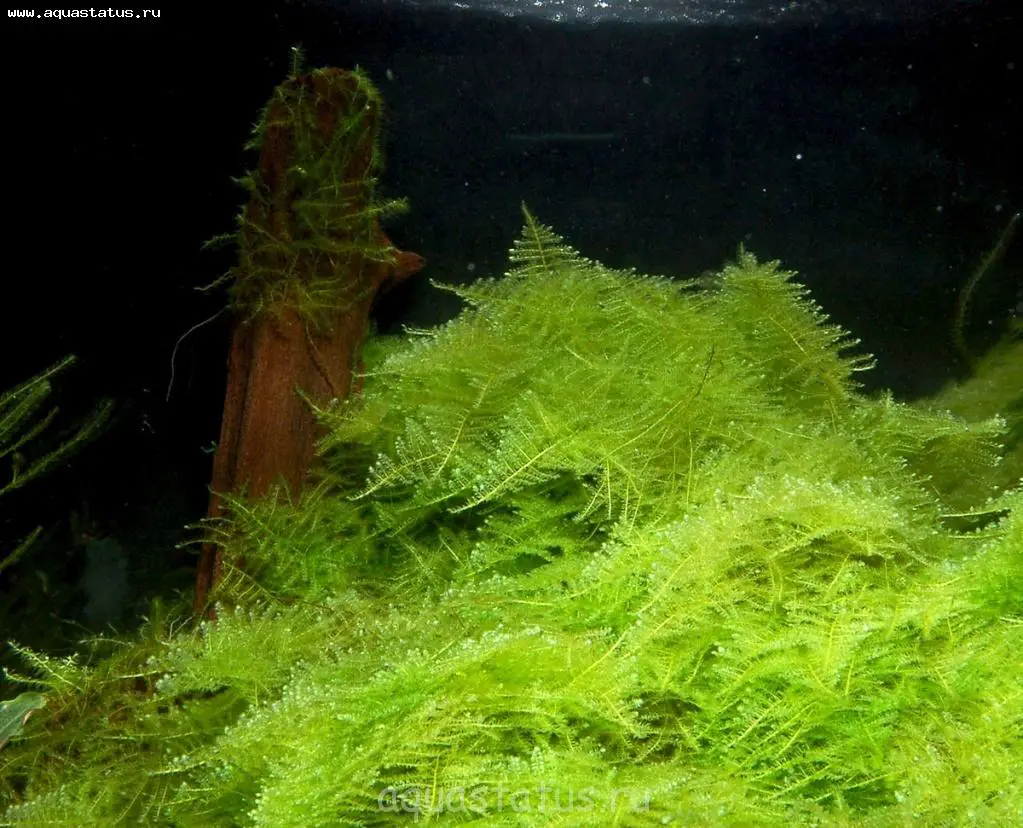 38642.jpg from: https://aquastatus.ru/viewtopic.php?t=10109 |
Class
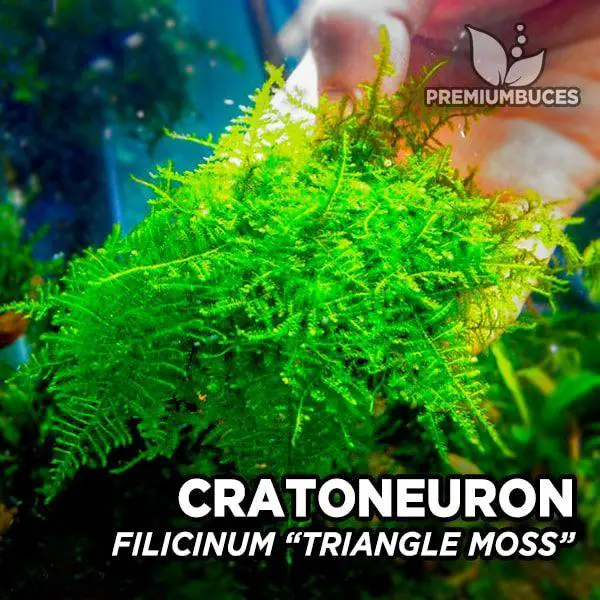 cratoneuron-filicinum-triangle-moss.jpg from: https://www.premiumbuces.com/fr/996/ |
Bryopsida
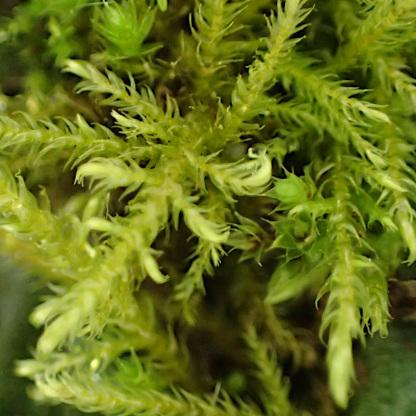 cratoneuron_filicinum_detail.jpg from: https://nafoku.de/flora/htm/cratoneuron_filicinum_detail.htm |
| Order | Hypnales |
Family
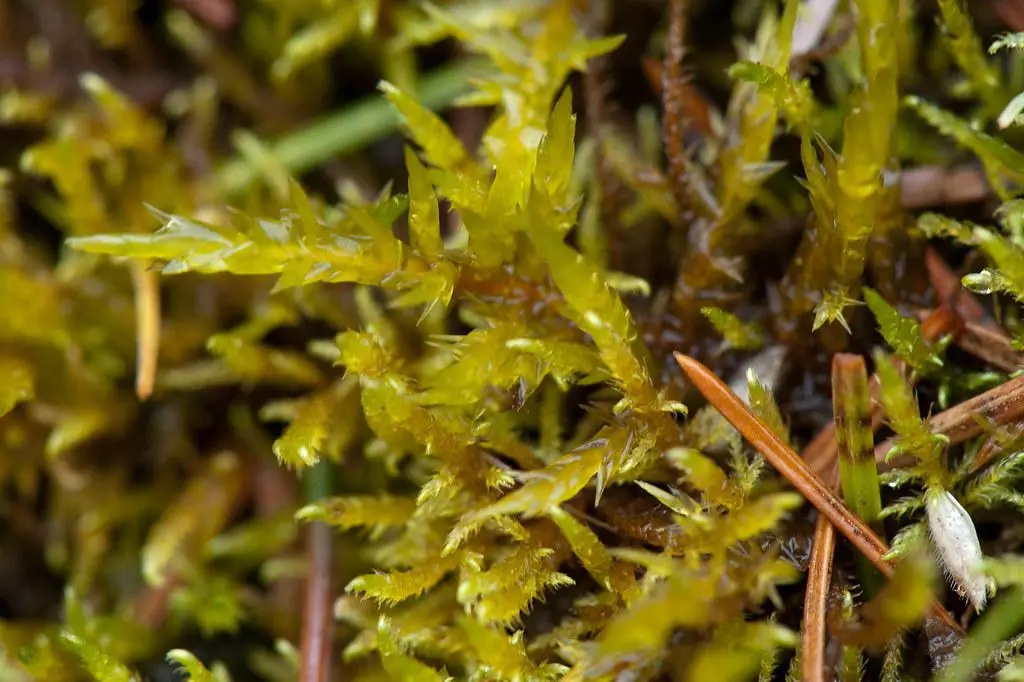 5063965633_5be21ed8d6_b.jpg from: http://flickr.com/photos/stephenbuchan/5063965633 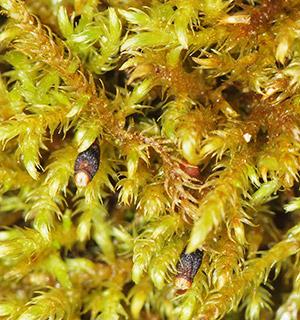 3406.jpg from: https://www.wildflowers.co.il/hebrew/picture.asp?ID=21931 |
Amblystegiaceae |
| Genus | Cratoneuron |
| Species | curvicaule |
Conclusion
Cratoneuron curvicaule is a true marvel of the moss world, showcasing the incredible diversity and resilience of these often-overlooked organisms. As we continue to explore and appreciate the wonders of nature, let us ponder this thought-provoking question: What other secrets might this unassuming moss hold, waiting to be uncovered by the curious minds of future bryologists?
